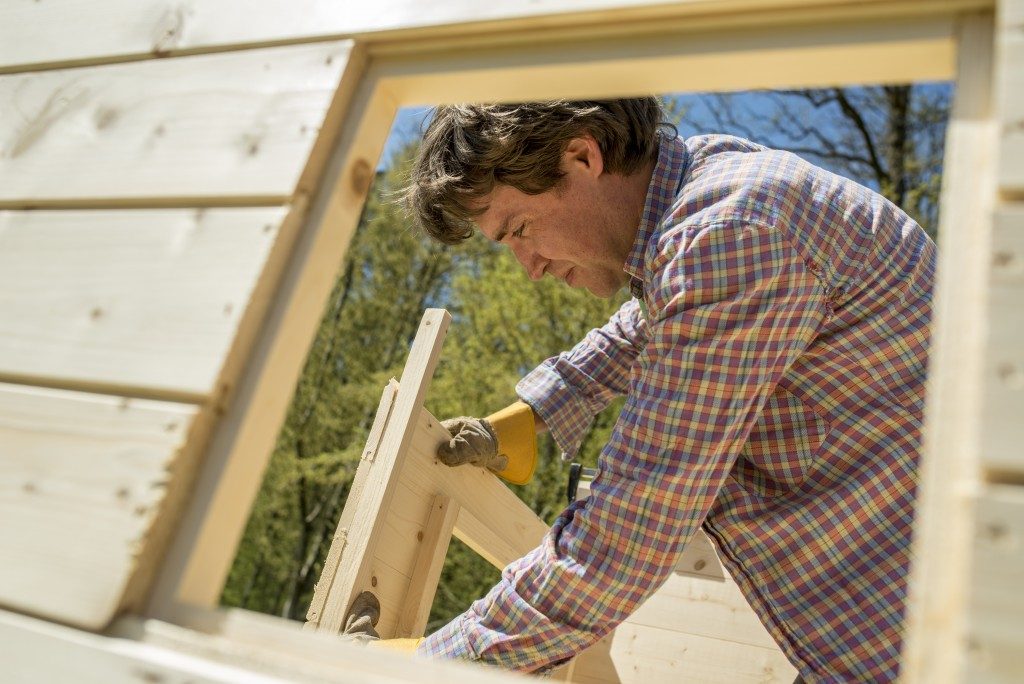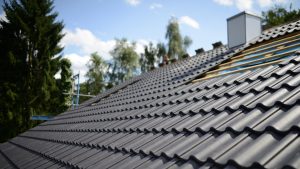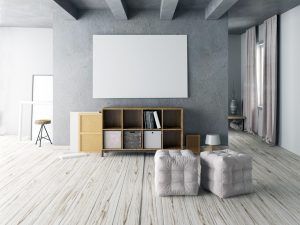If you’re working on a home repair or DIY project, chances are you’ll have some wood involved. Wood is a timeless material, durable and functional but also beautiful and versatile. Interior design in the UK is trending to use wood in many parts of the home. From ordinary white glue to special expanding wood glue, it’s important to know the right type of adhesive to use in your project. Here are a few considerations.
Substrate
The first thing to consider is what kind of material you’ll be joining to your wood. In general, cleaning dirt, dust, oily residue or other impurities off any surface will help bonding. Abrading with sandpaper also helps on smooth surfaces.
While many applications can be accomplished with white glue (also called craft or PVA glue), you can find that specific materials don’t join so well with this common all-purpose adhesive. Joining wood to glass or metal with white glue can often fail because of the very smooth surface on these substrates.
Speciality glues are made for use with different materials. Not only are they more effective, but they tend to be more efficient as well – requiring a lesser amount per application, and accomplishing a cleaner look. They can also have particular properties best suited to the specific substrate. When in doubt, you can research what type of adhesive is best used to join two types of materials.
Setting time
Different adhesives have various setting times. This can often be a problem with white glue – if you don’t have a clamp, or the clamp you have can’t properly hold your substrates together, then your only option would be to hold the pieces in place for a significant length of time.
Using faster setting, adhesives can solve such a problem. The likes of super glue and epoxy can set much faster. Hot glue applied with a glue gun is also useful for precise and swift applications.
Durability

All adhesives have a quality known as bond strength, and this determines the durability of the bond formed. This may be an important consideration depending on your project. Manufacturers often indicate the bond strength on the product label, or you can find more information online for a specific type of adhesive.
Besides bond strength, exposure to water and heat can be very important when it comes to durability. Make sure that your project is using the right type of adhesive to avoid deterioration and damage.
Finish
Aesthetics play a key part in many DIY wood projects. Most of the time, you can hide the areas of joining, paint over or sand away excess glue. But there are materials and applications where the wrong type of adhesive simply ruins the finished look.
When you are making a collage of paper, fabric, glitter or other materials, it can be hard to find an adhesive that works well with many different substrates. You can mix different types; fabric adhesive for cloth, craft glue for paper, and spot application with a glue gun for more delicate, decorative areas.
Other options include mod podge, which can seal and apply a matte or glossy finish to the right project. Spray adhesives also help ensure an even finish over a large area, which is great for flat surface art such as photographs.
You’ll get a lot of practical experience as you work with different materials in your projects. Keep on using the right materials and adhesives to add polish and durability to your efforts.






